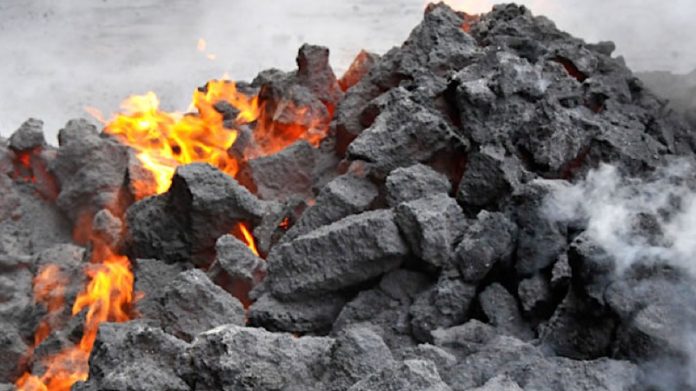
SOUTH Africa mines and energy minister Gwede Mantashe denied assertions that there has been a decline in investment in the South African mining sector.
“When people say there is no investment, they’re not considering the growth in the coal and manganese sector where small black companies create their own wealth,” he said on Monday at the Mining Indaba, a conference.
Industry advocacy, the Minerals Council South Africa told journalists earlier that net investment in mining in South Africa hadn’t been growing for years. Not even higher commodity prices of the past three years had encouraged fixed investment, according to data it published today.
“The mining sector on average spent 30% of its value add on fixed investment over the last 15 years. The percentage of net investment of value added has been below 6%,” it said.
However, Mantashe insisted the sector should pay attention to expansions from smaller players, such as the building of open cast mines. “Coal shafts are being built all over.
“There are many small producers that are doing well. The second sector that is growing is manganese where you also see open cast mines. Those companies aren’t listed (on the JSE), but they are investing,” he said.
In a keynote speech at the conference Mantashe called on investors to help solve logistical and energy challenges in South Africa.
Load shedding cost South Africa an estimated R1bn a day and the mining sector could not fully benefit from the ongoing commodities boom due to logistical bottlenecks on rail and at ports – functions that fall under the state-owned Transnet, he said.
Exploration push
During his speech, Mantashe said a R500m exploration fund with the government owned Industrial Development Corporation (IDC) would help develop new junior mining. It’s a goal also set by another government company, the Council for Geosciences (CGS).
In April 2022, the government launched a five year exploration strategy which aimed to capture 5% of global mineral exploration spend worth $900m. It partly involved CGS which would make minerals data available provided it could become an active participant.
“We gave them a right to drill as well. Why? When an investor comes, you can say: ‘This is the mineral and this is the quality'”, said Mantashe.
“I implore the investment community to invest in initiatives led by the CGS and the OAGS (Organisation of African Geological Surveys) to secure development programmes that can also secure their long-term returns,” he added.
The investment community has previously expressed concerns over the CGS’s participation in exploration activity, fearing a potential conflict of interest.
Mining cadastre
Asked about progress with a mining cadastral system, the department of mineral resources and energy (DMRE) deputy director-general Tseliso Maqubela said the procurement process will hopefully be completed by the end of April.
The goal posts have once again been moved out, as the DMRE told parliament late last year that February 2023 was the due date when a new fully-functional system would have been in place.
Maqubela said that the DMRE opted for a system that will no longer be bespoke and built from scratch, but rather a tried-and-tested cadastre that is functioning well in other countries.
Hilda Mhlongo, deputy director general for corporate services in the department, previously told members of the parliamentary committee on mining and energy that the department will opt for “similar systems” that are in Botswana and Namibia.











